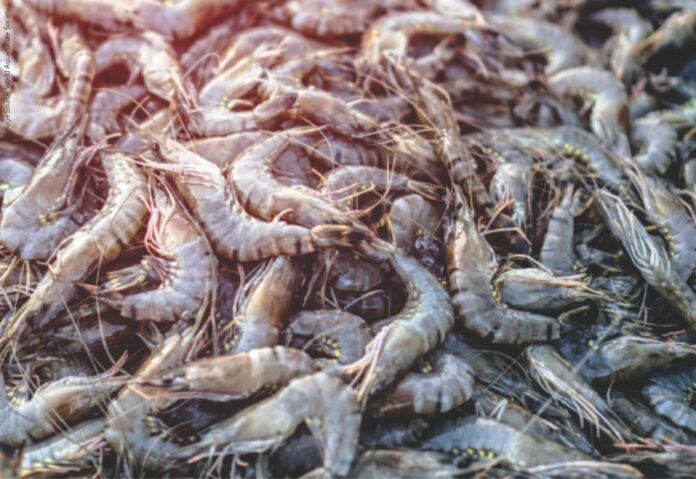The Union government is working on an aquaculture plan worth INR 576 crore in four northern states to create a hub of farming shrimp for export and domestic consumption by utilizing land unsuitable for crops, two officials with the knowledge of the matter said.
Over the past year, officials and scientists from the department of fisheries and the Central Institute of Brackishwater Aquaculture tested thousands of hectares of saline wasteland unfit for crops in 25 districts of Uttar Pradesh, Rajasthan, Haryana and Punjab, marking out clusters where shrimp aquaculture could be productive, one of the persons said, seeking anonymity.
The scientists found that productivity of the farmed crustaceans or output per hectare is roughly the same in Haryana as the world average at about 6-7 tonne, making it potentially a major centre for shrimp farming. Most shrimp is farmed in the country’s coastal states.
In India, shrimp farming has been supported by the World Bank, Food and Agriculture Organization and Asian Development Bank and the country is one of the biggest exporters of cultured shrimp. Indian seafood sector is gearing up for accelerated growth with both houses of Parliament passing the Coastal Aquaculture Authority (Amendment) Bill 2023, according to industry reports. The country is currently the second-largest aquaculture shrimp producer at 900000 tonne in 2022, after Ecuador.
Globally, shrimp farming is freshwater guzzling, run by large companies and seen as ecologically damaging. The highly automated shrimp industry often does not prioritize local employment and tends relocate in the face of tough regulations. Ecological activists call it the “hamburger connection” in which central American rainforests are razed to culture shrimps that end up in burgers.
“The difference with the shrimp hubs in these states will that they will be eco-friendly, using technologies such as biofloc and will come up only on unproductive wasteland,” said Sagar Mehra, joint secretary in the fisheries department.
The shrimp clusters are aimed at generating 50,000 local jobs, from direct employment to those around ancillary warehousing and cold storages. A modern aqua park in Bhiwani built with a funding of INR 100 crore will serve as a training centre, a second official said, declining to be named.
Each kilogram of shrimp farmed generates about 15,000 litres of effluent, often with toxic residues. This stew is often released untreated into the groundwater, contaminating the drinking water of local communities.
The shrimp hubs in northern India will utilize biofloc developed by the Central Institute of Brackishwater Aquaculture, which will treat excreta and other wastes on site and convert them into feed for the crustaceans.
The Pradhan Mantri Mudra Yojana – where funding is shared on a 60:40 basis between the Centre and states — aims to create aquaculture assets enough to generate 5.5 million livelihoods nationally till 2025. Funds will be made available to new shrimp farmers through this micro-credit scheme.
The districts chosen for the project include Rohtak, Fatehabad and Gurugram in Haryana, besides Mathura, Agra and Hathras in Uttar Pradesh. They also include Fazilka, Muktsar and Mansa in Punjab; and Ganganagar and Churu in Rajasthan.
“The key to this project’s success will be to ensure there is handholding from start to finish and export avenues and remunerative prices are ensured through market linkages,” said CV Balakrishna, a former marine consultant with the FAO. For exports, agreements are expected to be signed with Marine Products Export Development Authority, the first official said.
Source: Hindustan Times













